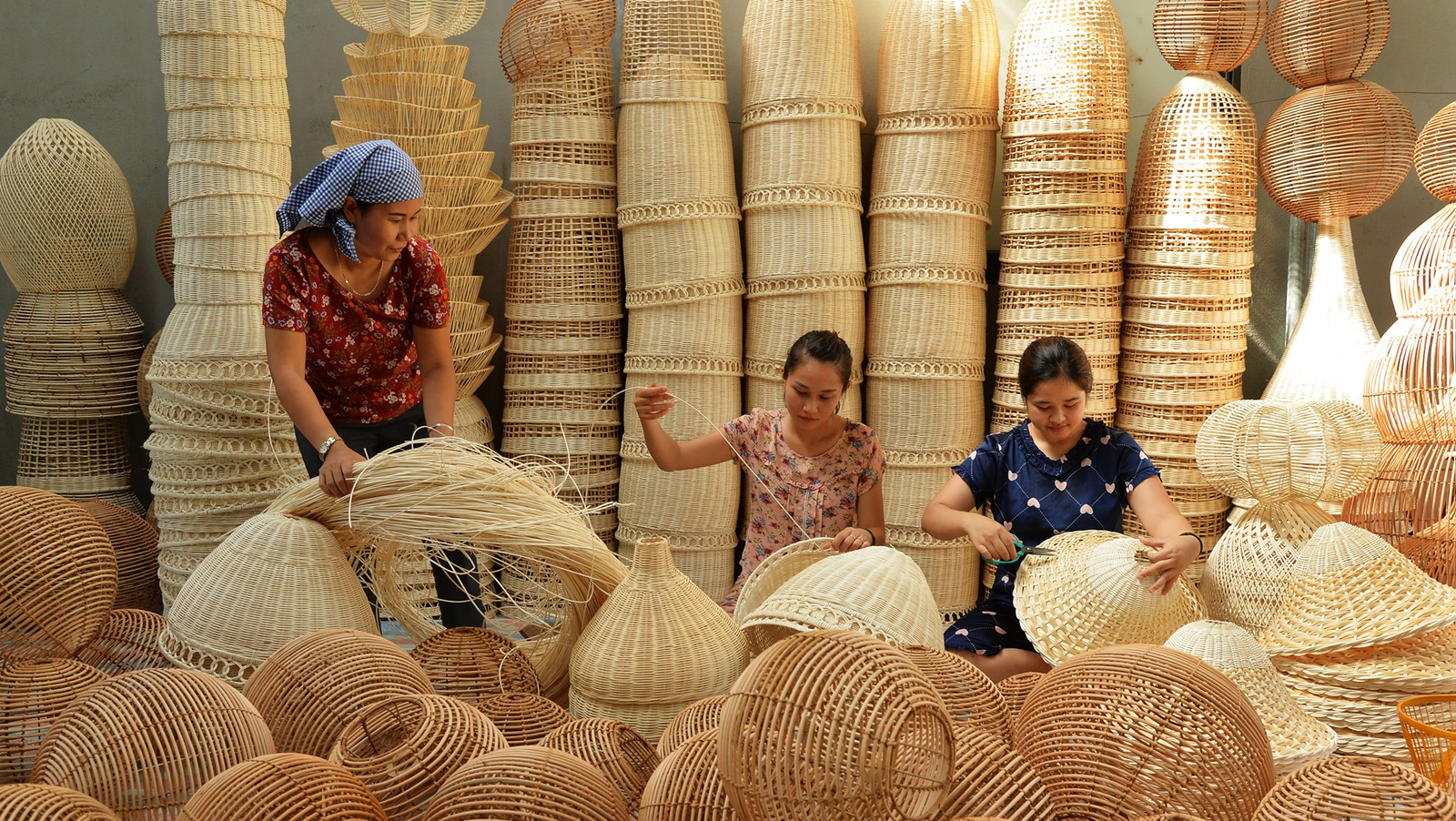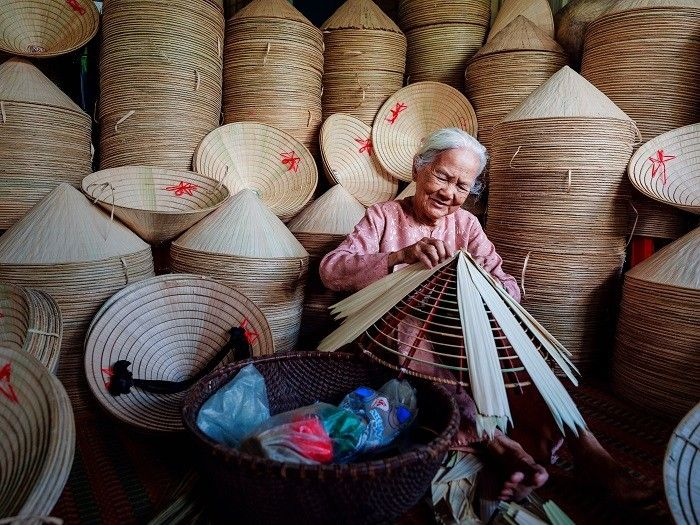Now Reading: Local Crafts Are Taking Over Global Markets in 2025
-
01
Local Crafts Are Taking Over Global Markets in 2025
Local Crafts Are Taking Over Global Markets in 2025

In a world full of fast fashion, mass production, and digital noise, something ancient is making a bold return local crafts. These handmade, deeply cultural products are quietly reshaping global trends in fashion, decor, and design. From rural villages to modern cities, local artisans are becoming the faces of a new economic and creative movement that is capturing hearts worldwide.
Whether it’s handwoven rugs in Morocco, pottery from India, wood carvings from Africa, or embroidered textiles from Latin America, local crafts represent more than just products they are stories, traditions, and the heart of a community. With sustainability becoming a key priority for global consumers, the charm and authenticity of handmade crafts are being celebrated like never before.
What Are Local Crafts?
Local crafts are traditional products that are handmade by skilled artisans using techniques passed down through generations. These can include:
- Pottery
- Textiles and handloom
- Basket weaving
- Jewelry making
- Wood carving
- Leather work
- Metal and stone craft
- Embroidery and needlework
Each region has its unique style and material, making local crafts deeply tied to identity and history.
For example, in India, the ancient art of block printing and Madhubani paintings reflect centuries of culture. In Mexico, the brightly colored “alebrijes” (folk art sculptures of fantastical creatures) tell stories of myth and imagination. These are not mass-produced items they are unique, authentic pieces that reflect real human creativity.
Why Local Crafts Are Trending in 2025

The return to local crafts is not just a trend; it’s a shift in values. Here’s why consumers and creators alike are falling in love with these handmade wonders:
1. Sustainability Matters
In today’s eco-conscious world, people want products that are not harmful to the planet. Local crafts are often made with natural or recycled materials, minimal waste, and zero chemicals. They last longer and age beautifully — unlike many modern factory-made items.
2. Support for Local Artisans
Buying handmade crafts helps small businesses and rural artisans who often rely solely on this income. It empowers communities, supports families, and preserves traditional jobs.
According to a 2024 report by the World Craft Council, the global artisan sector is expected to grow by 10% annually as demand for authentic products increases.
3. Every Piece Tells a Story
People today value meaning over mass. A handmade ceramic mug from a small workshop in Vietnam feels far more personal than a cup made in a factory. Local crafts reflect history, struggle, joy, and skill. They connect buyers with something real.
E-Commerce Giving New Life to Old Traditions
Traditionally, local crafts were only sold in village markets or tourist spots. But now, thanks to e-commerce, global consumers are discovering and buying these products online.
Platforms like Etsy, Amazon Handmade, and region-focused portals like India’s “Craftsvilla” or Africa’s “Ananse” are helping artisans reach international buyers directly. Social media has also played a key role. Artisans use Instagram and Facebook to show their process, build trust, and sell.
Even luxury fashion houses are turning to local crafts. Dior, Hermès, and Gucci have recently collaborated with artisans from Africa, South America, and Southeast Asia for special collections. It is now fashionable to promote craftsmanship.
Government and NGO Support Driving Growth
Governments in many countries are realizing the economic and cultural value of local crafts. In India, the “One District One Product” scheme helps artisans get training, branding, and global exposure. In Morocco, the Ministry of Crafts supports cooperatives to preserve traditional skills.
NGOs like UNESCO, the World Craft Council, and Handmade World are helping protect endangered art forms and promoting fair trade.
Challenges Local Artisans Still Face
While demand is rising, many artisans still struggle with:
- Lack of digital skills
- Poor access to raw materials
- Exploitation by middlemen
- Low pricing and lack of branding
- Competition from cheap machine-made copies
To solve these, there is a need for continued support in digital education, direct-to-consumer platforms, and intellectual property protection for traditional designs.
Gen Z and Millennials Love Handmade
One of the biggest surprises in the rise of local crafts is the strong interest from younger generations. Gen Z and millennials are not just buying crafts; they are learning them.
Workshops, online classes, and DIY kits are in demand as urban youth seek creative outlets. This hands-on approach connects them with heritage and gives them a break from screen-heavy lifestyles.
Platforms like Pinterest and YouTube are filled with tutorials on clay modeling, hand embroidery, and more. The “slow craft” movement is becoming a global hobby.
The Future of Local Crafts Looks Bright

As the world grows more automated and digital, the need for human touch and tradition becomes even more special. Local crafts offer both beauty and soul. They are not just products they are cultural heritage, sustainable choices, and symbols of resilience.
With continued investment, digital innovation, and consumer awareness, the local crafts sector could become one of the biggest forces in creative business globally.
If you’re looking for a gift with meaning or a home decor piece with heart think local, shop handmade, and be part of the story.
Final Thoughts
comeback of local crafts is more than a fashion statement. It is a global movement powered by sustainability, creativity, and the love for handmade authenticity. Whether you are a buyer, a collector, or simply someone who values beauty with a purpose, local crafts are here to inspire, connect, and thrive.
Let’s preserve the hands that keep our history alive.
Read More:- Shobha Realty Launches Its Most Luxurious Project Yet—Full Details Inside 2025






















